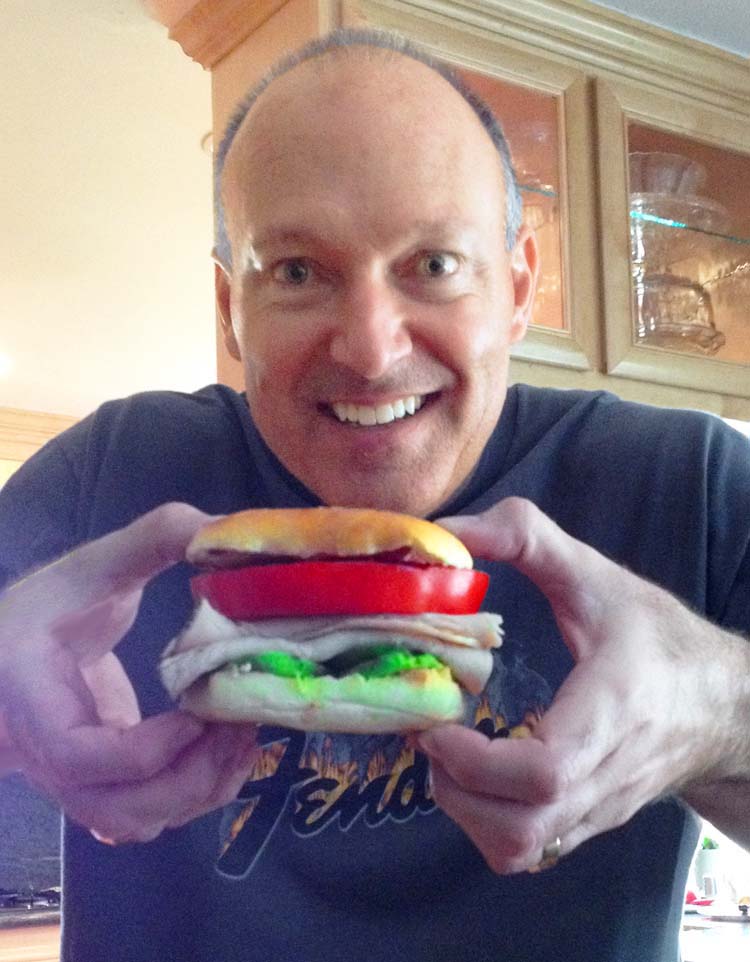By John F. Livingstone, AICP.
What if cities required new developments and major additions to plant something that provides food? That food could be used by the residents or occupants of the subdivision or development, or if surplus, donated to local schools, homeless shelters, and food banks.
It’s a simple idea. Most cities require landscaping, and many require the planting of specific street trees. A City Food Plan could identify where certain plants and trees would grow best. Property owners could be encouraged or required to plant a fruit tree of their choice from a list provided by the city. Small lots could have a planter box for growing seasonal vegetables, not unlike the urban victory gardens of WWII, or dwarf trees.
If you have ever had your own apple, orange, or persimmon tree, you know that one tree can provide enough fruit for several households. A small planter box can grow more tomatoes and zucchini than one family could possibly eat.
Think about how nice it would be for a tired student to be able to grab an orange or a handful of cherries between classes for free, instead of a packaged processed food.
I know of food banks that will strip your tree of fruit in return for keeping some or all of it. Or just as you put your recycling bins at the curb, you could put out your city- or nonprofit-provided food bin for pickup by the local food bank.
In the South Bay, for example, once one of the largest fruit production regions in the world and known as the Valley of the Heart’s Delight, there is no reason that fresh food should not be readily available and affordable to many, if not all.


